Creative Commons Licenses
Creative Commons Licenses © 2024 by Mathias Michelsen & Hazel Engelsmann is licensed under CC BY-NC 4.0
This is the assingment for unit 3 in the CC Certificate program. It covers the anatomy of the licenses and the four different elements that make up the the Creative Commons licenses, as well as the public domain tools.
What are creative commons licenses?
When you get a paper accepted for publication in an Open Acces journal, you may be asked to choose a Creative commons license. But what is a CC license and what do you need to know about them before you choose one?
A Creative Commons license works on top of national copyright law. A CC License gives you the option as a creator to grant users of your work a more open usage than copyright law allows, in a standardized way, which works globally. A CC license answers the question “What can I do with this?” for a user. This means that users do not have to ask you for permission every time they want to share your article with others for example.
It is important to stress that there are exceptions and limitations to copyright that may overrule the restrictions in terms layed out in a CC license. These might be fair use for the purpose of criticism, parody, access for the visually impaired, quoting others works etc. CC licenses are designed to make the usage more open than copyright law stipulates, never more restrictive.
Just as you can never put a CC license on a work in the public domain pool! (we will get back to the public domain later). Of course that would also be problematic since it is only the creator of a work that can apply a CC license to it.
Before we dive in to explain the different CC licenses let’s first tak a look at what a CC license consists of – what makes them “work”.
(Creative Commons, 3.1 License Design and Terminology & 3.2. License Scope)
Three layers
A CC license consists of three layers:
- A legal code (this is the long and complicated lawyer language)
- The commons deed (this is the text that exlpains the licens terms to the common user. You know short and sweet)
- A Machine readable version (this is the layer that makes it work digitally and findable online)
So now that we have looked under the the hood of the car and seen what makes the engine run, let’s look at the different components that makes up the licenses.
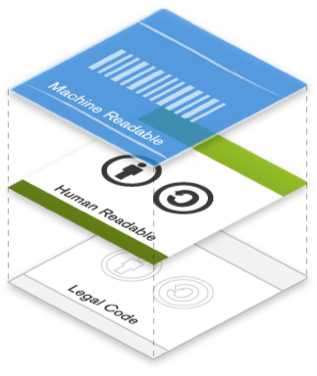
(Creative Commons, 3.1 License Design and Terminology)
Four elements – six licenses
There are six different licenses that describes the different terms on which the publication can be shared, altered or reused. First let’s explain the four basic elements the six licenses consist of.

The most open license is CC BY. When you choose this, any user may share, adapt, or in any way reuse your article without any restrictions, as long as you are credited. This is what the BY-element means. All of the six licenses have this element
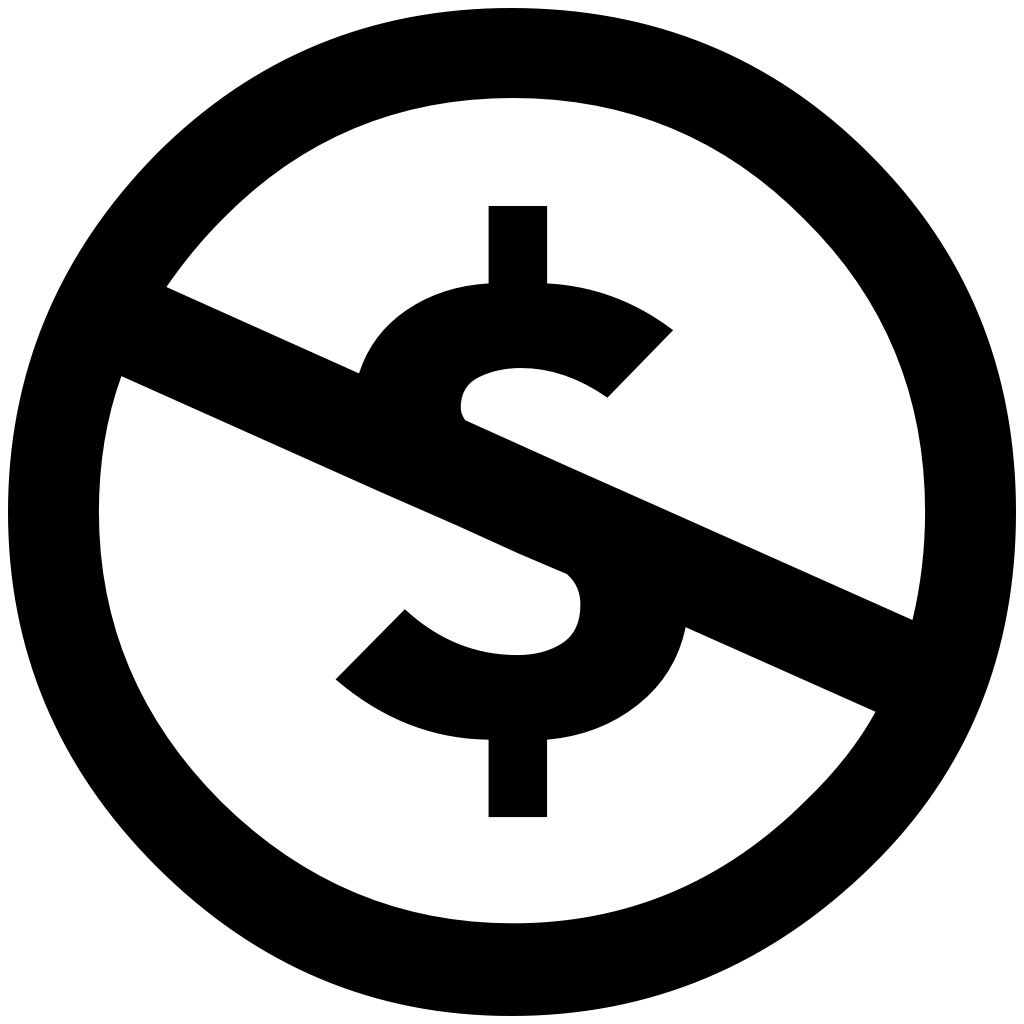
If you want to restrict the use of your work, so that a publisher cannot, say take you article, put it in a book and sell it, you can choose the CC BY – NC license. NC stand for Non Commercial.
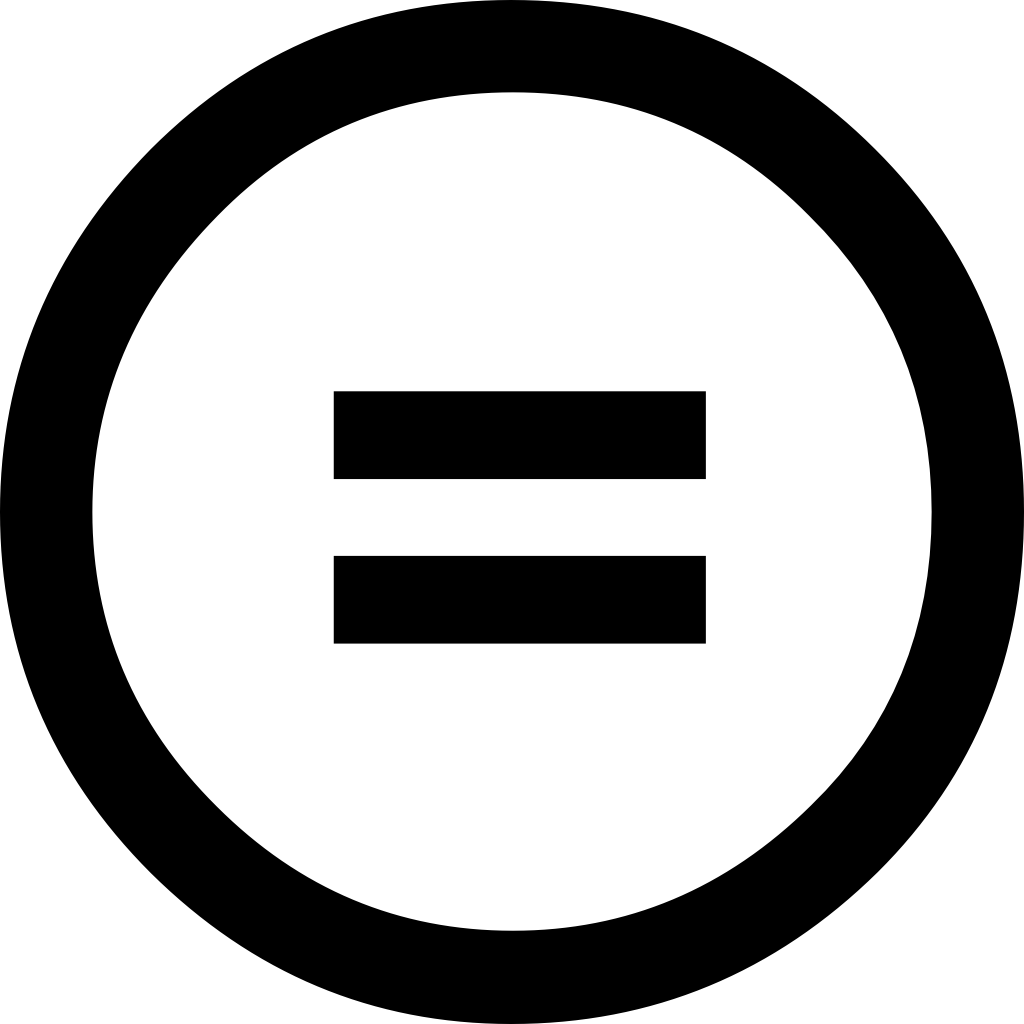
If you are ok with commercial use, but want to discourage adaptations in any way, say a teacher would like to translate your article into Chinese and publish it, you can use CC BY-ND. ND stands for Non Derivative.
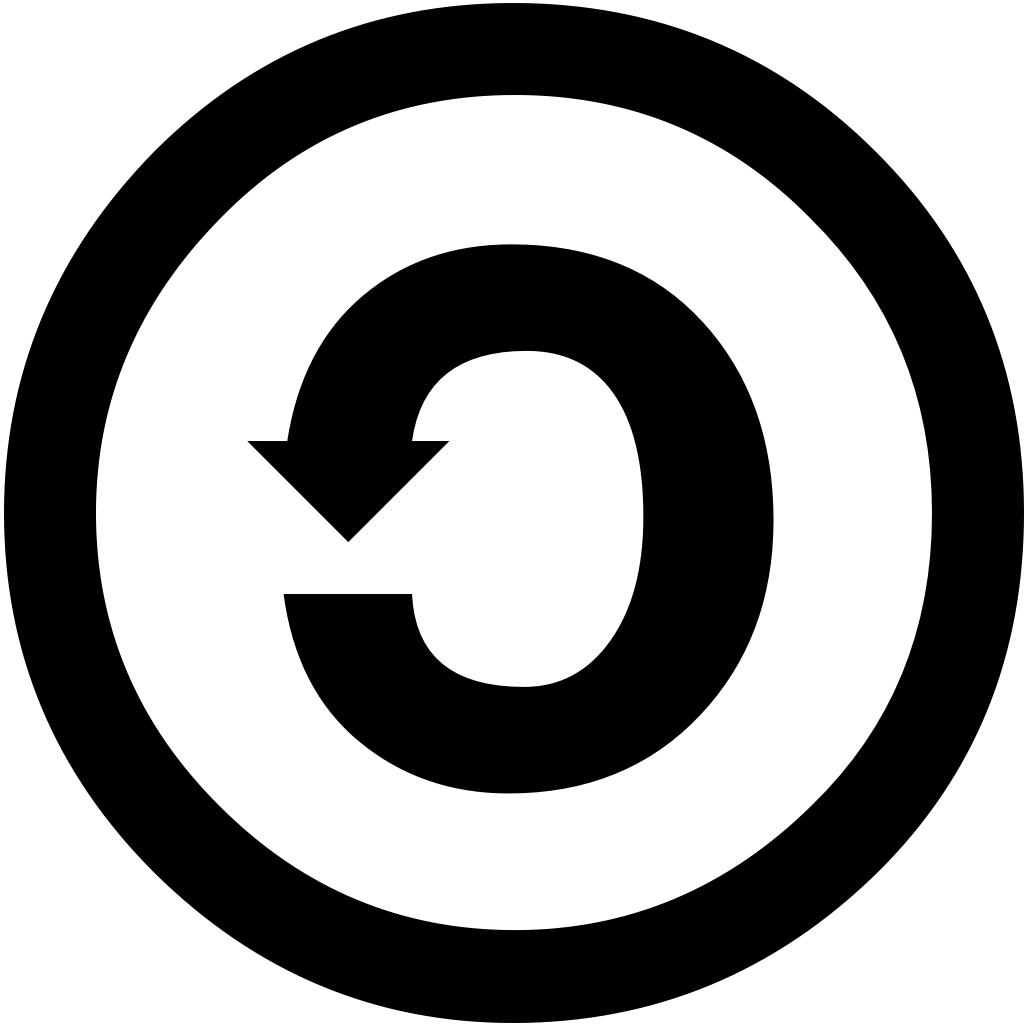
If you are okay with adaptations, but want to make sure that the teacher does not make money out of the Chinese translation, you can use the CC BY-SA license. SA stands for share alike.
Some of the elements can be combined, so that for example you can choose that your work cannot be used commercially or adapted in any way. The six licenses look like this:
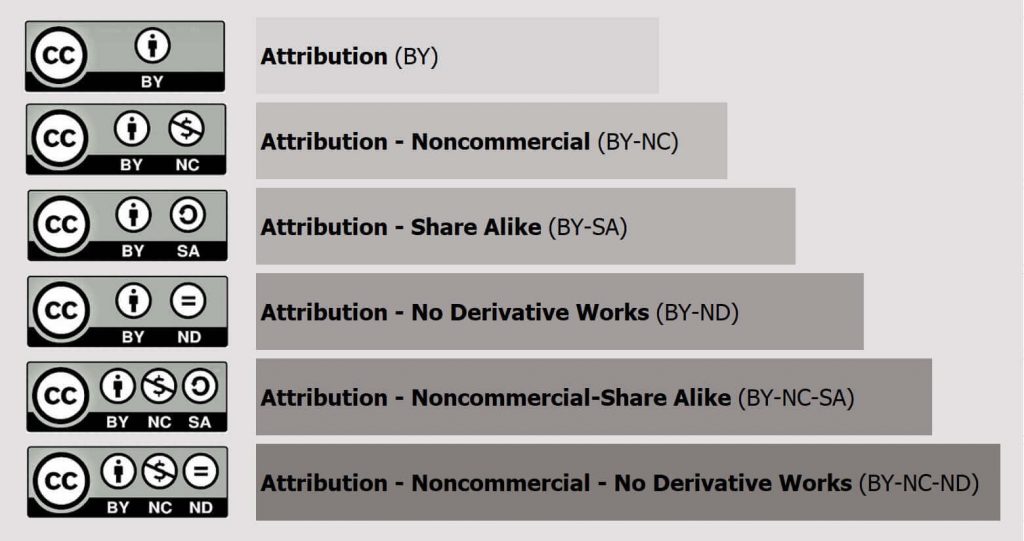
Source: https://creativecommons.org/about/cclicenses/
(Creative Commons, 3.3 License Types)
Public Domain
When looking for pictures for your article or the slide deck for your next presentation at a conference CC licensed pictures are great because you know that you are allowed to use them. In addition to pictures under one of the six licences above you might also stumble upon these two symbols:
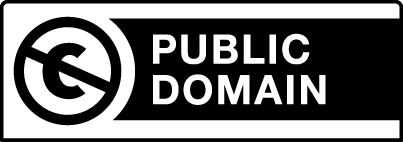

They both state that a work is in the Public Domain. Meaning that they are free of copyright. This is great! That means you can use them, even without attribution, but why are there two different symbols, you may ask? Well, there are several ways that a creative work can become part of the public domain. The copyright may have expired and therefore the work becomes part of the public domain – public domain symbol. Or the creator has chosen to waiver all rights and make their work part of the public domain – the CC0 symbol.
(Creative Commons, 2.3 Public Domain)
Can you find the right license?
Literature
- “Copyright Law, Unit 2” https://certificates.creativecommons.org/cccertedu/chapter/2-copyright-law/ by Creative Commons. CC BY 4.0.
- “Anatomy of a CC License, Unit 3” https://certificates.creativecommons.org/cccertedu/chapter/3-anatomy-of-a-cc-license/ by Creative Commons. CC BY 4.0.